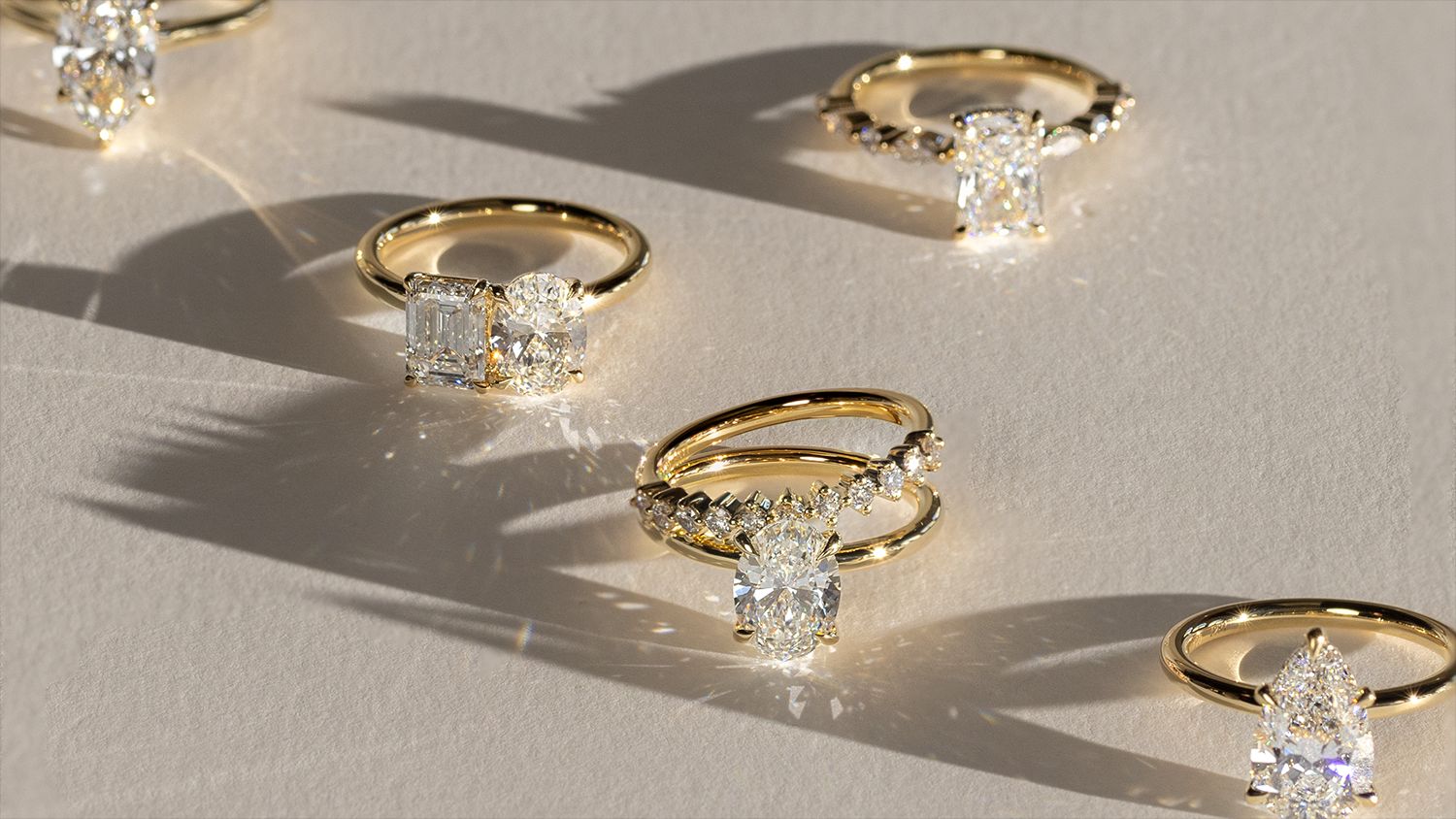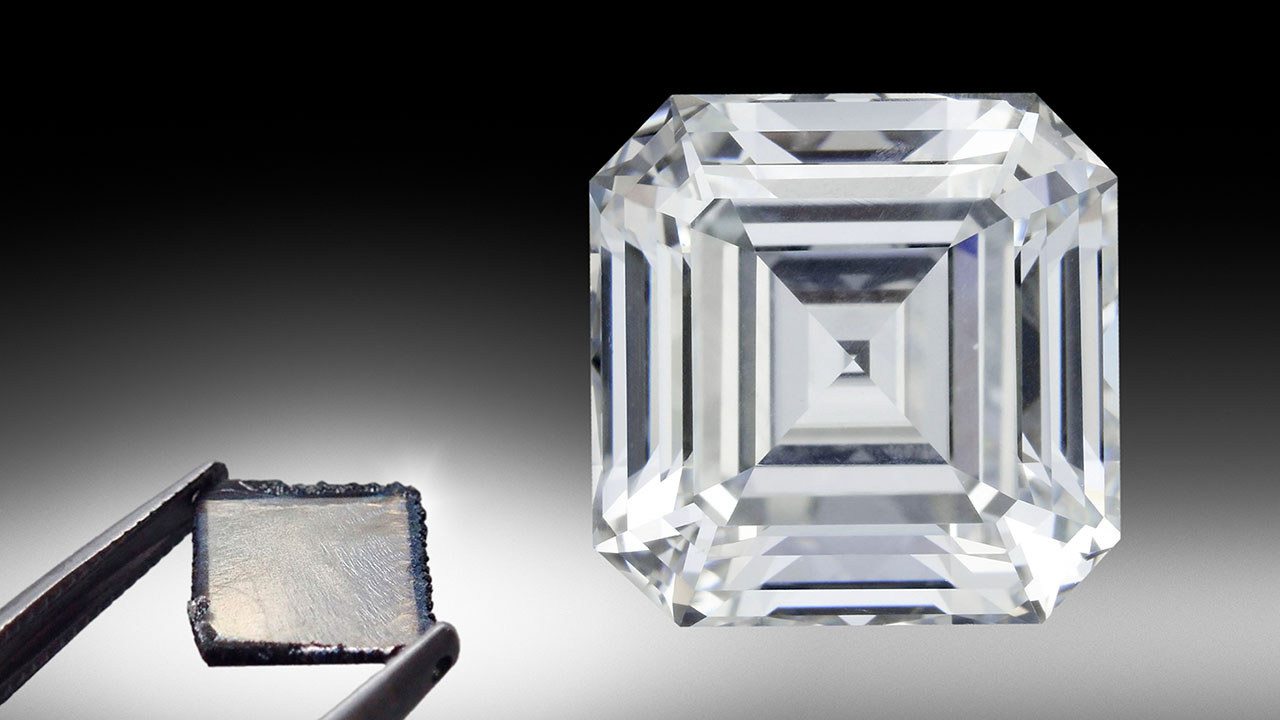In the world of jewelry, aros con diamantes de laboratorio, elegance, and commitment. However, in recent years, lab-made diamonds have emerged as an innovative and sustainable alternative to natural diamonds. This article delves into lab-made diamond rings, exploring their origins, advantages, manufacturing processes, and why they are becoming the preferred choice for many.
What Are Lab-Made Diamonds?
Lab-made diamonds are genuine gems created in a controlled environment using advanced technological processes. Unlike natural diamonds, which form under extreme pressure and temperature deep within the Earth over millions of years, lab-made diamonds are produced in a laboratory within weeks or months.
Types of Lab-Made Diamonds
Lab-made diamonds are created through two main methods: HPHT (High Pressure High Temperature) and CVD (Chemical Vapor Deposition). HPHT diamonds are made by mimicking the high-pressure, high-temperature conditions found in the Earth’s mantle. This method involves using a press to apply intense pressure and heat to carbon to form diamonds.
In contrast, CVD diamonds are produced from gases that deposit onto a substrate, gradually building up the diamond crystal. This method involves a chemical reaction in a vacuum chamber, where carbon-containing gases are introduced and converted into diamond crystals.
The Advantages of Lab-Made Diamond Rings
Environmental Impact
Lab-made diamonds have a significantly lower environmental impact compared to mined diamonds. Traditional diamond mining can result in habitat destruction, soil erosion, and other environmental issues. In contrast, lab-made diamonds are created with minimal environmental disruption, making them a more eco-friendly choice.
Ethical Considerations
Lab-made diamonds are free from the ethical concerns associated with traditional diamond mining, such as human rights abuses and conflict diamonds. Consumers who prioritize ethical sourcing find lab-made diamonds appealing because they eliminate these issues, offering a responsible alternative to natural diamonds.
Cost-Effectiveness
Lab-made diamonds are generally more cost-effective than their mined counterparts. Typically, lab-made diamonds cost 20-40% less than natural diamonds of similar quality. This price advantage allows consumers to acquire larger or higher-quality diamonds within their budget.
The Manufacturing Process of Lab-Made Diamonds
The creation of lab-made diamonds involves advanced technology and precision. For HPHT diamonds, the process begins with a carbon source, such as graphite, which is placed in a high-pressure, high-temperature press. The press generates the extreme conditions needed to transform the carbon into a diamond.
For CVD diamonds, the process starts with a small diamond seed placed in a vacuum chamber. Carbon-containing gases are introduced into the chamber, where they react and deposit onto the seed, gradually forming a diamond crystal.
Both methods produce diamonds that are chemically, physically, and optically identical to natural diamonds. This means that lab-made diamonds have the same brilliance, hardness, and fire as their natural counterparts.
The Growing Popularity of Lab-Made Diamond Rings
The popularity of lab-made diamond rings is on the rise due to their environmental benefits, ethical advantages, and cost-effectiveness. As consumers become more conscious of the environmental and social impacts of their purchases, lab-made diamonds offer a compelling alternative that aligns with modern values.
Conclusion
Lab-made diamond rings represent a significant shift in the jewelry industry, offering a sustainable, ethical, and cost-effective alternative to traditional mined diamonds. With their remarkable quality and reduced environmental footprint, lab diamonds are becoming an increasingly popular choice for those seeking both beauty and responsibility in their jewelry. As the technology continues to advance and consumer awareness grows, lab-made diamonds are likely to play an even more prominent role in the future of fine jewelry.






